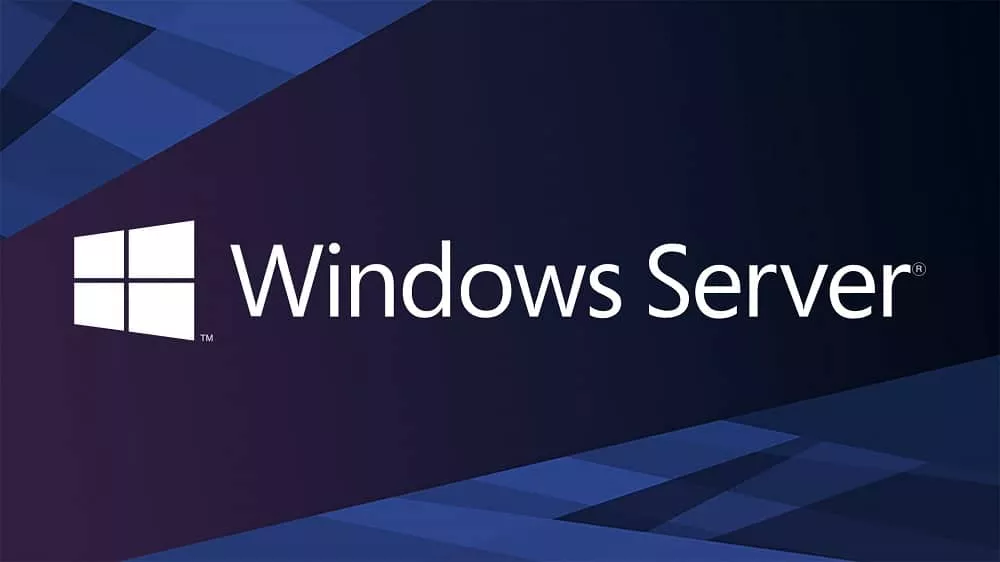Microsoft Server 2019 provides new ways to manage your infrastructure, improve security, and enable hybrid operations. It offers more virtualization, management, storage, and cloud environment options.
The latest version allows you to centralize file sharing across your network while providing secure internet access for your users and applications. It also supports some incorporation with a new deployment UI and Windows Admin Center improvements.

Scalability
Windows Server 2019 standard edition has advanced tools and features to enhance performance and efficiency. It allows users to automate tasks and perform centralized monitoring and management, reducing the time and effort needed for maintenance activities. Additionally, Window Server 2019 offers native integration with Microsoft Azure services, helping enterprises leverage cloud solutions to improve business efficiency and agility.
The platform also helps organizations meet compliance and security requirements by providing tools to ensure data privacy and integrity. Its built-in role-based access control allows companies to implement security policies and minimize the risk of unauthorized access or privilege abuse. Moreover, it supports Kubernetes containers and microservices to help organizations accelerate application deployment.
This leading server solution from Microsoft comes in three editions – Essentials, Standard, and Datacenter. Each edition is designed to cater to the specific infrastructure needs of different organizations. For example, the Essentials version is suitable for small infrastructures and offers memory-limited virtualization and unified controls. The Datacenter edition, on the other hand, is well suited for highly virtualized and cloud-based environments.
Security
The Window Server 2019 standard edition comes with advanced threat protection. It uses sensors and response actions to prevent kernel-level attacks, memory attacks, and more. It also suppresses malicious files and halts antagonistic properties. This is one of the primary reasons why it’s an excellent option for network security.
The software’s multi-layers of security keep devices and data safe, boosting productivity and cutting administration costs. It features an intuitive network management interface that allows administrators to easily configure and manage connected devices, users & groups, servers, and other infrastructure.
In addition, it supports up to 16 cores. The Microsoft Server 2019 Standard product key also includes a Server Core App on Demand feature that improves application compatibility. Its Windows Defender ATP proactively detects and thwarts attacks that can compromise your enterprise’s apps and information. Additionally, the software license provides access to Storage Migration, which enables you to move existing disks and configurations to new hardware with minimal disruption. This feature can even remap drive letters to maintain file and folder locations. This makes upgrading to a more recent operating system version more accessible.
Virtualization
As hardware continues to accelerate in every performance metric, hardware like CPUs can process more data simultaneously, memory chips are more significant, and hard drive densities are higher. Windows Server can use this hardware acceleration by virtualizing the physical infrastructure and allowing companies to scale their application architecture to match their business needs.
Windows Server 2019 also features a robust security network that protects the integrity of the virtual environment with Windows Defender Advanced Threat Protection. It is an integrated malware and advanced threat detection feature that provides real-time monitoring, prevention, and response.
Additionally, the software offers tools to help businesses comply with regulations and industry standards like GDPR and CCPA. These tools can audit, manage access to information, and encrypt data at rest and in transit. With the Windows Server 2019, it is easy for developers to design and deploy test and sandbox environments, making it easier to roll out patches and new applications. This helps businesses reduce functional costs associated with the reactive approach to managing problems in their Windows Server placements.
Storage
A wide range of storage enhancements in Windows Server 2019 standard edition allow you to get more from your hardware. These improvements include lower latency on persistent memory for VMs, increased capacity on disk using storage deduplication, and improved IO performance and high-performance failover clustering.
In addition to these improvements, Windows Server 2019 includes several other features to help you improve data management. For example, System Insights delivers native predictive analytics capabilities that a machine-learning model backs and provides a proactive approach to managing issues in your servers. It also helps you reduce operational costs by allowing you to prevent problems before they occur.
One of the main differences between the Standard and Datacenter editions is that the former allows a maximum of two operating system environments (OSEs or VMs) to be virtualized per license, while the latter has no limits. The Datacenter edition is also equipped with various unique product features that help protect against the theft of keys used to start shielded VMs.
Networking
Boosting productivity and cutting administration costs are easy with intuitive network management. In Windows Server 2019 Standard, you can manage connected devices, users & groups, and servers from a single app. Moreover, it has multi-layer security to protect against threats and attacks.
Another critical feature is Role-based access control, which enables you to set user permissions in detail, ensuring no one can use your business systems for malicious purposes. The OS also has a more robust DHCP, which helps your network assign IP addresses to each device.
The OS also has better storage performance, thanks to its Storage Spaces Direct. It offers incomparable efficiency and performance by grouping multiple storage units into one pool. Additionally, it enables you to compress and deduplicate data, reducing the space needed to store your files. You can also use WSL 2, a much faster kernel than its predecessor. Moreover, it has a smaller code base and can reduce operational expenses. Lastly, it has a server core, which can reduce your attack surface by running a lean operating system.






